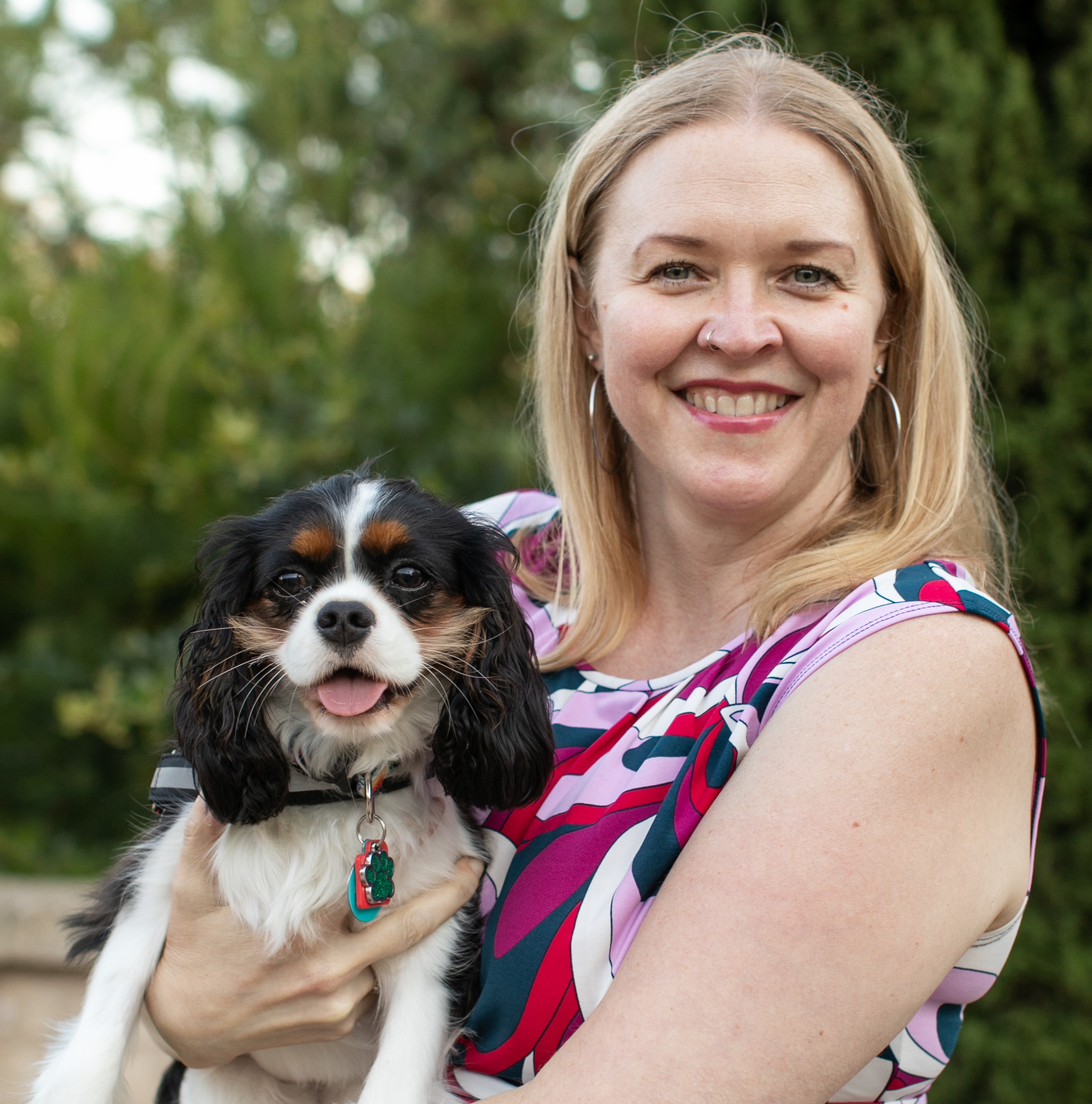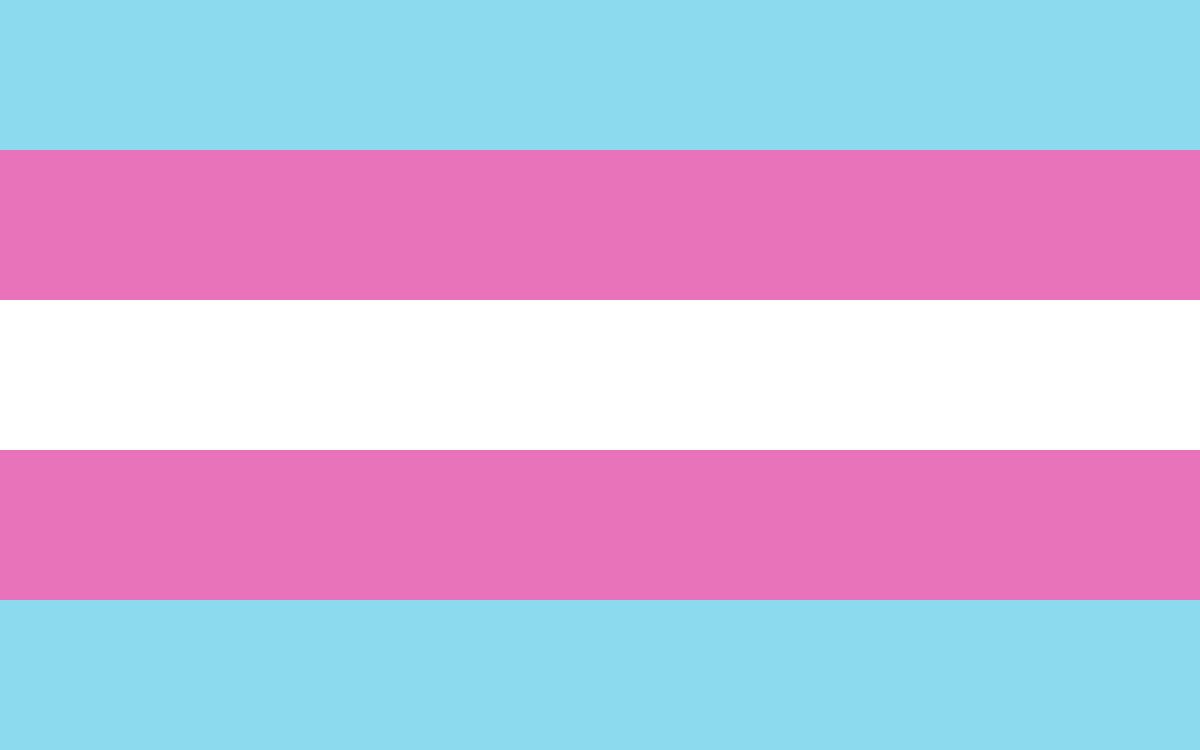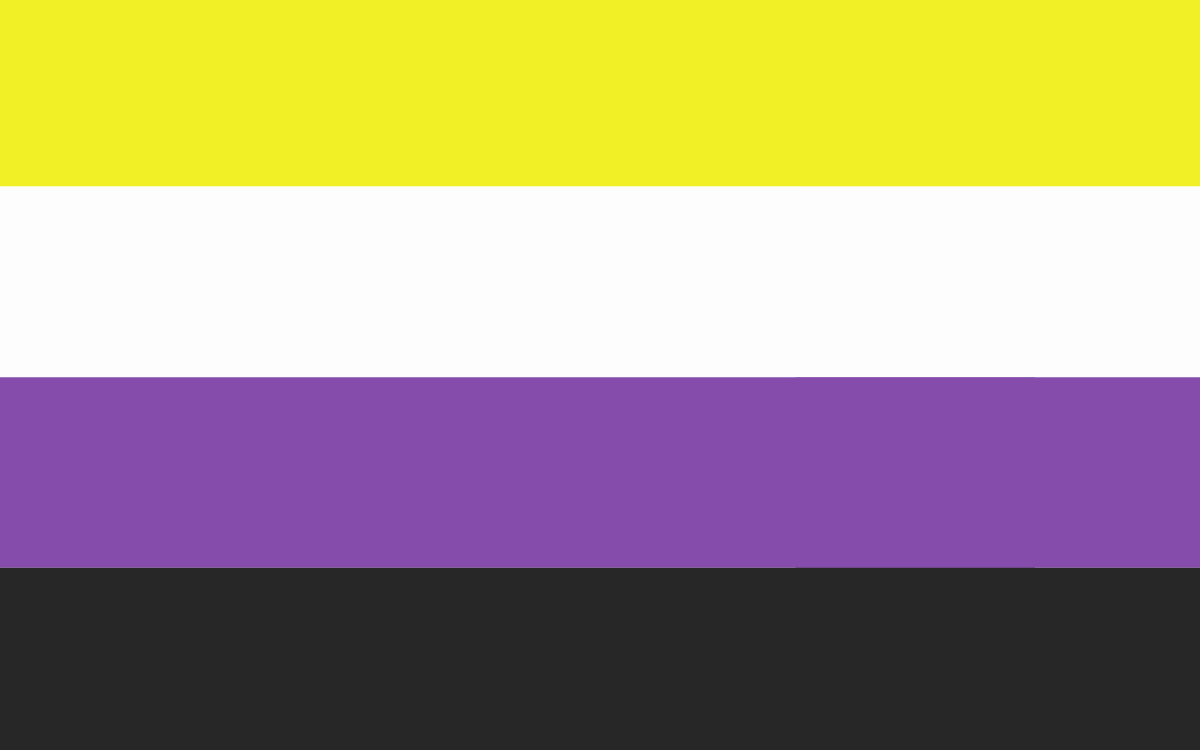Attachment Styles
Attachment is the interpersonal bond between child and caregiver that is developed through the accumulation of all the successes and failures in the caregiver meeting the child’s physical and emotional needs.
From this relationship with our original caregivers, we develop working models of what we expect in our relationships with others into adulthood.
These working models are called attachment styles, there are four adult attachment styles:
- Anxious / Preoccupied
- Avoidant / Dismissive
- Disorganized / Fearful-Avoidant
- Secure
These attachment styles are not absolute and may not be the same across different types of relationships or people. You may find that no one style fits 100% of your experience.
These attachment styles are also not set in stone, they can change due to our experiences in other relationships, from personal work and with therapy.
It’s important to remember that you are not bad or wrong for having a particular style of attachment. It makes sense that you approach relationships the way you do given what you learned from your parents or caregivers.
Knowing about your attachment style is about understanding and having compassion for why relationships may be so difficult or scary for you.
It is also important to point out the reality that when kids are LGBTQIA+ parenting in a way that affirms and meets the emotional and physical needs of those kids can be quite challenging given the culture we live in (not because these children or their needs are challenging).
Attuned parenting can be a challenge because of the assumption that children are heterosexual and cisgender. When kids are queer and do not fit these assumptions, their emotional and physical needs are likely not being seen, attuned to, or met in the ways that they need.
















